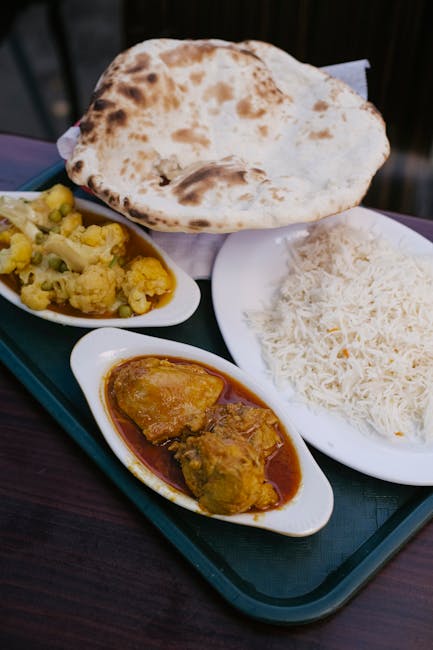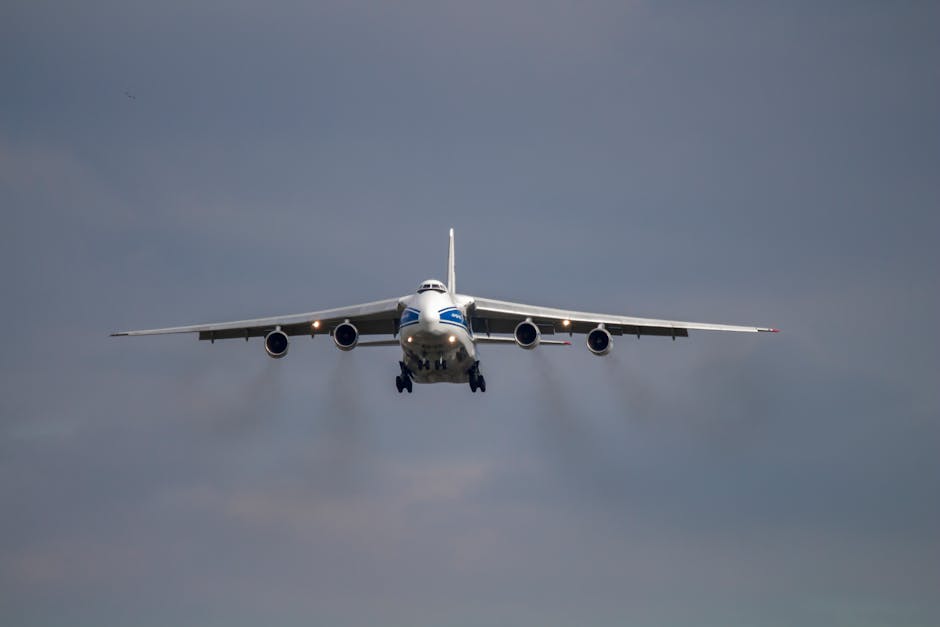-
Table of Contents
Saturn is the planet that can float on water due to its low density. Composed primarily of hydrogen and helium, Saturn’s density is less than that of water, allowing it to theoretically float if placed in a large enough body of water. This unique characteristic highlights the fascinating differences in planetary composition and structure within our solar system.
Saturn: The Lightest Planet

Saturn, the magnificent jewel of our solar system, is often celebrated for its stunning rings and vibrant atmosphere. However, one of the most intriguing facts about this gas giant is that it is the lightest planet in our solar system, so much so that it could theoretically float on water. This delightful characteristic stems from its unique composition and structure, which sets it apart from the other planets.
To understand why Saturn is so light, we must first delve into its composition. Unlike terrestrial planets such as Earth, which are made up of solid rock and metal, Saturn is primarily composed of hydrogen and helium. These two elements are the lightest in the universe, and their abundance in Saturn’s atmosphere contributes to its overall low density. In fact, Saturn’s density is less than that of water, which is a remarkable feat for a planet of its size. This means that if you could find a body of water large enough, Saturn would indeed float, creating a whimsical image of a giant planet bobbing on the surface like a buoy.
As we explore Saturn further, we discover that its gaseous nature plays a significant role in its buoyancy. The planet lacks a solid surface, which means that it does not have the same gravitational pull as rocky planets. Instead, Saturn’s mass is distributed over a vast volume, resulting in a lower density. This fascinating aspect of Saturn not only makes it unique but also highlights the diversity of planetary structures within our solar system. While Earth and other rocky planets are dense and compact, Saturn’s gaseous form allows it to maintain a lighter profile.
Moreover, Saturn’s rings add to its charm and allure. Composed of ice particles, rocky debris, and dust, these rings are a stunning visual spectacle that captivates astronomers and stargazers alike. The rings themselves are a testament to the planet’s unique characteristics, as they are formed from materials that have not coalesced into a larger body. This dynamic system of rings further emphasizes the idea that Saturn is not just a planet but a complex and beautiful entity in its own right.
Transitioning from its physical properties to its atmospheric phenomena, Saturn also boasts some of the most fascinating weather patterns in the solar system. With winds reaching speeds of over 1,000 miles per hour, the planet experiences intense storms and swirling clouds that create a mesmerizing display of colors. These atmospheric dynamics are a result of the planet’s rapid rotation and the heat generated from its interior, which contributes to its vibrant and ever-changing appearance.
The Science Behind Planetary Density
When we think about planets, we often envision massive, solid bodies orbiting the sun, each with its own unique characteristics. However, one fascinating aspect of planetary science is density, which plays a crucial role in determining whether a planet could float on water. To understand this concept, we first need to explore what density actually means. Density is defined as mass per unit volume, and it varies significantly among the planets in our solar system.
For instance, the gas giants—Jupiter, Saturn, Uranus, and Neptune—are composed primarily of gases and ices, making them less dense than the terrestrial planets like Earth, Mars, Venus, and Mercury. This difference in composition leads to intriguing implications regarding their buoyancy. In fact, Saturn is the star of this buoyancy show, as it is the only planet in our solar system that is less dense than water. With a density of about 0.687 grams per cubic centimeter, Saturn is lighter than the 1 gram per cubic centimeter density of water. This means that if you could find a body of water large enough, Saturn would indeed float!
Transitioning from Saturn’s unique properties, it’s essential to consider how density is influenced by a planet’s composition and structure. The terrestrial planets, for example, are primarily made up of rock and metal, which gives them a much higher density. Earth, with its rich iron core and rocky mantle, has a density of approximately 5.52 grams per cubic centimeter. This high density is what allows Earth to maintain its solid form and support life as we know it. In contrast, the gas giants have a much lower density due to their gaseous composition, which is primarily hydrogen and helium.
As we delve deeper into the science of planetary density, we can appreciate how it affects not only a planet’s ability to float but also its overall structure and atmosphere. The lighter elements found in gas giants allow them to have thick atmospheres composed of swirling clouds and storms, such as the Great Red Spot on Jupiter. This contrasts sharply with the thin atmospheres of terrestrial planets, which are more conducive to solid surfaces and geological activity.
Moreover, understanding planetary density also opens up discussions about the formation of planets. The processes that lead to the creation of gas giants differ significantly from those that form rocky planets. Gas giants typically form further from the sun, where it’s cooler, allowing them to capture and hold onto lighter gases. This is why they are often found in the outer regions of
Comparing Planetary Sizes and Densities
When we think about the vastness of our solar system, one of the most fascinating aspects is the diversity of the planets that inhabit it. Each planet has its own unique characteristics, but one particularly intriguing question arises: which planet can float on water? To answer this, we must delve into the concepts of planetary sizes and densities, which are essential in understanding the physical properties of these celestial bodies.
First, let’s consider the concept of density, which is defined as mass per unit volume. In simpler terms, density tells us how much matter is packed into a given space. When we compare the densities of the planets in our solar system, we find a remarkable range. For instance, the gas giants—Jupiter, Saturn, Uranus, and Neptune—are significantly less dense than the terrestrial planets like Earth, Mars, Venus, and Mercury. This difference in density is primarily due to their compositions. Gas giants are composed mostly of hydrogen and helium, which are light elements, while terrestrial planets are made up of heavier materials like rock and metal.
Now, let’s focus on Saturn, the second-largest planet in our solar system. Saturn has an average density of about 0.687 grams per cubic centimeter, which is less than that of water, which has a density of 1 gram per cubic centimeter. This fascinating fact leads us to the conclusion that if there were a body of water large enough, Saturn would indeed float! This delightful notion captures the imagination, as it paints a whimsical picture of a giant planet bobbing on a cosmic sea.
In contrast, when we look at Earth, its density is approximately 5.52 grams per cubic centimeter, making it far too dense to float on water. This stark difference highlights the unique nature of Saturn and its gaseous composition. While Earth is rich in solid materials, Saturn’s fluffy atmosphere and low density allow it to defy the conventional expectations we have of planetary bodies.
As we explore further, it’s essential to appreciate how these differences in density and size affect the planets’ structures and atmospheres. Saturn’s low density contributes to its stunning ring system, which is composed of ice and rock particles. These rings are a beautiful sight, showcasing the planet’s unique characteristics and adding to its charm. The gas giants, with their thick atmospheres and swirling clouds, present a stark contrast to the rocky surfaces of terrestrial planets, creating a rich tapestry of diversity in our solar system.
Moreover, understanding planetary sizes and densities not only satisfies our curiosity
Q&A
1. **Question:** Which planet can float on water?
**Answer:** Saturn can float on water.
2. **Question:** Why can Saturn float on water?
**Answer:** Saturn is primarily composed of gas and has a low density, less than that of water.
3. **Question:** Are there any other planets that could float on water?
**Answer:** No, Saturn is the only planet in our solar system that is less dense than water.Saturn is the planet that can float on water due to its low density, which is less than that of water.



















